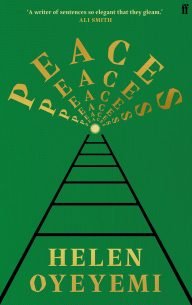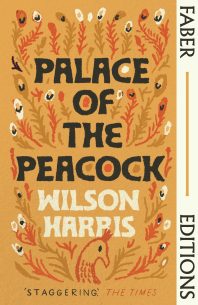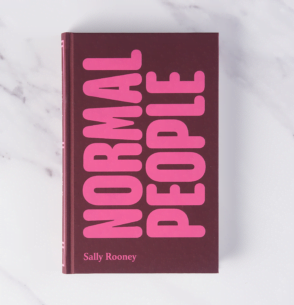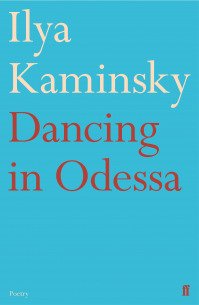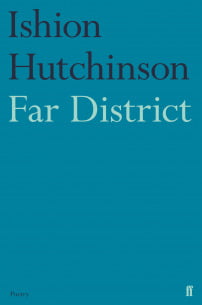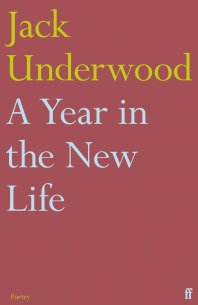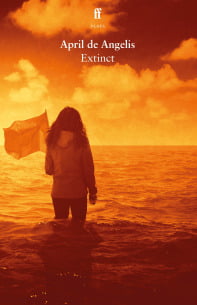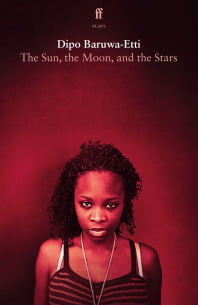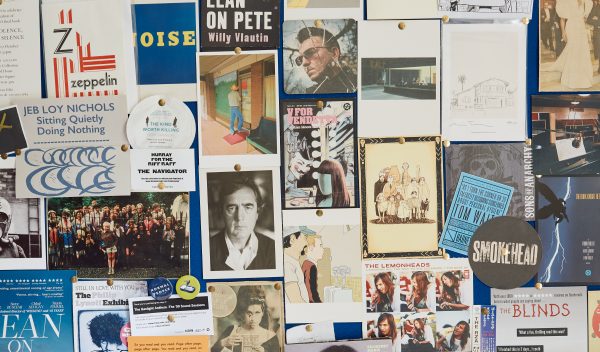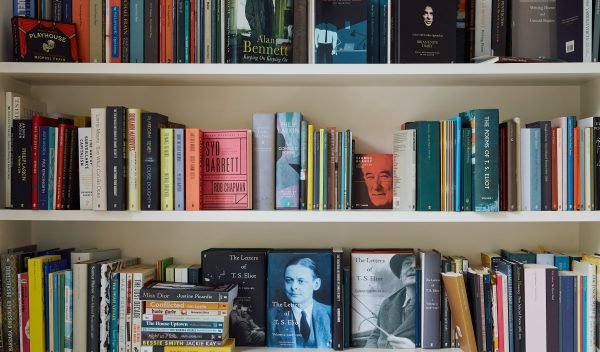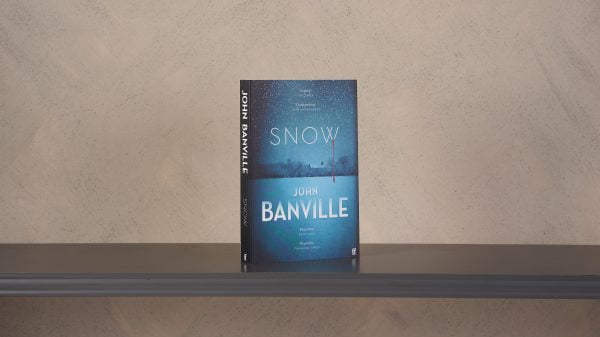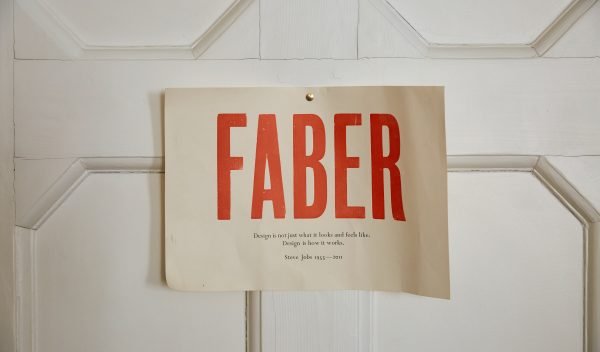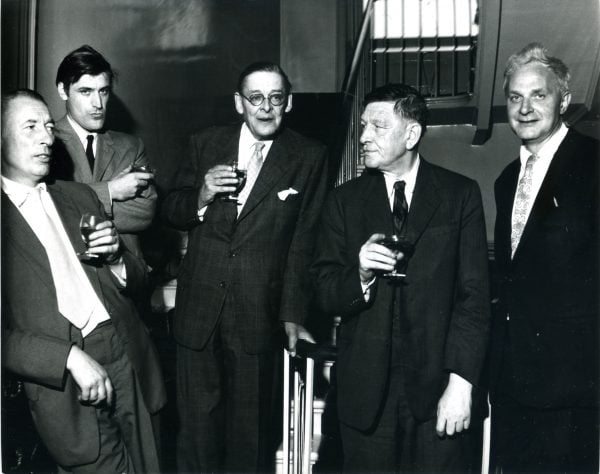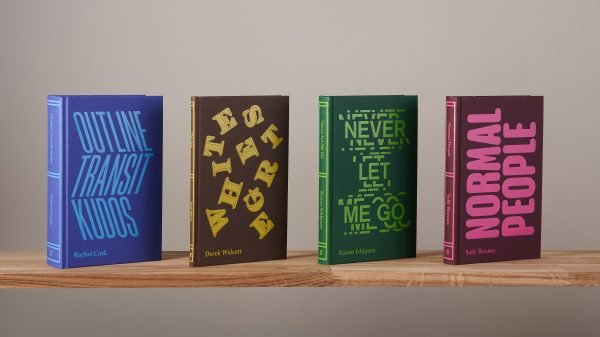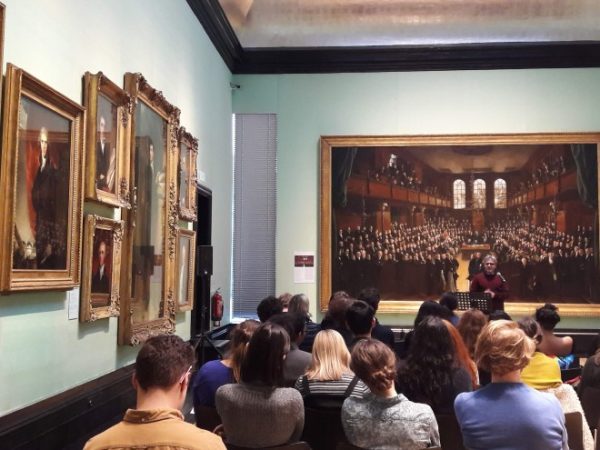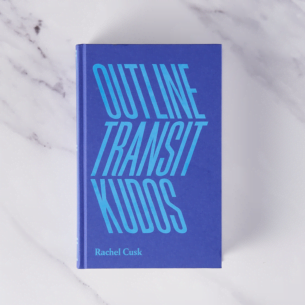


Faber announces unpublished Sylvia Plath story
Faber will publish ‘Mary Ventura and the Ninth Kingdom’, a previously unpublished story by Sylvia Plath, as part of the landmark Faber Stories series to celebrate the company’s 90th anniversary.
‘Mary Ventura and the Ninth Kingdom’ was written by Plath as an assignment in December 1952, when she was a third-year student at Smith College.
Lips the colour of blood, the sun an unprecedented orange, train wheels that sound like ‘guilt, and guilt, and guilt’: these are just some of the things Mary Ventura begins to notice on her journey to the ninth kingdom.
‘But what is the ninth kingdom?’ she asks a kind-seeming lady in her carriage. ‘It is the kingdom of the frozen will,’ comes the reply. ‘There is no going back.’
Plath submitted this ‘vague symbolic tale’, as she called it, for publication in Mademoiselle magazine, whose writing prize she had recently won. It was rejected.
Almost two years later, she revised the story, perhaps wishing, among other things, to mask the identity of her high-school friend Mary Ventura, whose name she had borrowed. Plath changed the title to ‘Marcia Ventura and the Ninth Kingdom’, made the story less sinister, and then curtailed it so significantly that the manuscript appears half-finished.
This is the first publication of the original version. All initial spellings have been retained.

Angus Cargill, Editorial Director, said: ‘One of the centrepieces of our Faber Stories series, it will be very exciting for readers to discover this early work of Sylvia Plath. A classic journey story, ‘Mary Ventura and the Ninth Kingdom’ is rich in allegory and atmosphere, and offers a fascinating new angle on her work as a whole.’
Peter K. Steinberg, co-editor of the two-volume The Letters of Sylvia Plath, said: ‘‘Mary Ventura and the Ninth Kingdom’ is unlike any other story Plath wrote. Its closest comparison might be ‘Sunday at the Mintons’, which she herself said was “a psychological type thing – wish-fulfillment”, but this story is much more an allegory rife with religious imagery. I believe she was deliberately trying to evoke associations with Dante’s Divine Comedy: the Nine Kingdoms representing the circles of Hell; the woman sitting next to her acting as a Virgil-like guide; Mary reaching Paradise when she gets off the train.’
Faber Stories is a landmark series of individual volumes, specially commissioned and designed to celebrate Faber’s 90th anniversary. This selection has been put together in collaboration with Gaby Wood.
Wood said: ‘Each of these stories offers a different answer to the question of what it means to be a master of the form, and the associations between them have given this set its shape. However, anyone scanning its titles will see that there’s room for many more.’
Picture credit: Sylvia Plath standing in a hallway, Smith College, 1952-1953. © College Archives, Special Collections, Smith College (Northampton, Massachusetts).
